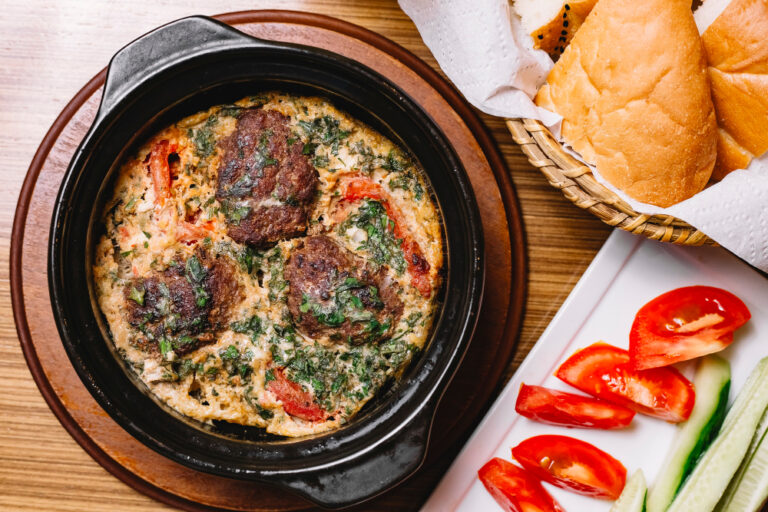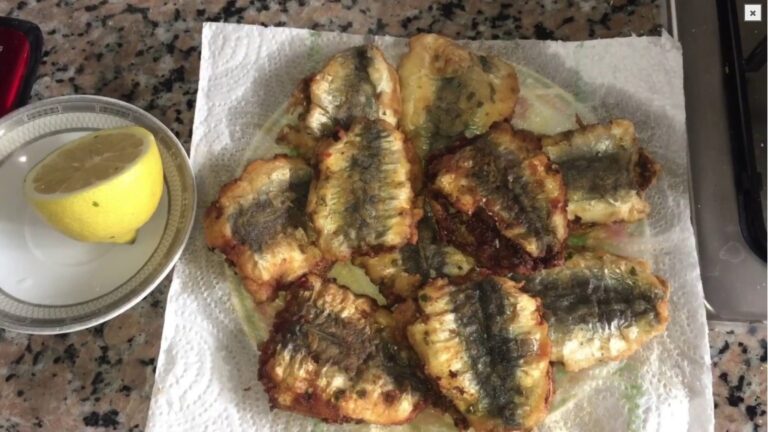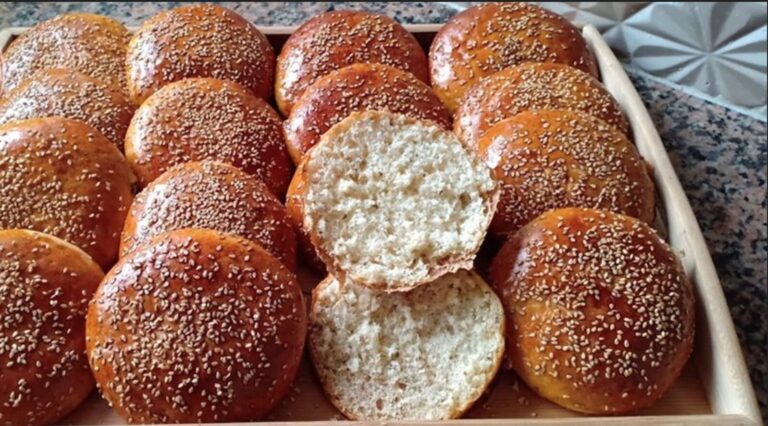

When visiting Morocco, one of the first things travelers encounter is its colorful and fascinating currency system. The Moroccan dirham (MAD) is not just a means of payment but also a reflection of the country’s culture, history, and artistry. For anyone planning a trip, learning about Moroccan dirham coins is essential. They are widely used in everyday transactions, especially in souks, cafés, and small shops, making them a vital part of the Moroccan travel experience. This guide explores the coins’ design, value, and practical tips to help tourists use them with confidence.

Understanding Moroccan Currency
The official currency of Morocco is the dirham, abbreviated as MAD. It is issued by Bank Al-Maghrib, Morocco’s central bank. While banknotes are commonly used for larger purchases, Moroccan dirham coins play an important role in daily life.
The Coins in Circulation
Currently, coins are minted in several denominations:
- 1 centime (rarely seen)
- 5 centimes
- 10 centimes
- 20 centimes
- 50 centimes
- 1 dirham
- 2 dirhams
- 5 dirhams
- 10 dirhams
These coins often feature symbolic imagery, such as Morocco’s royal crest, geometric Islamic designs, or inscriptions in Arabic. For many travelers, handling Moroccan coins becomes a small cultural discovery on its own.
For more historical background, you can read about Morocco’s history and its modern economic development.
Using Moroccan Dirham Coins – Everyday Experiences
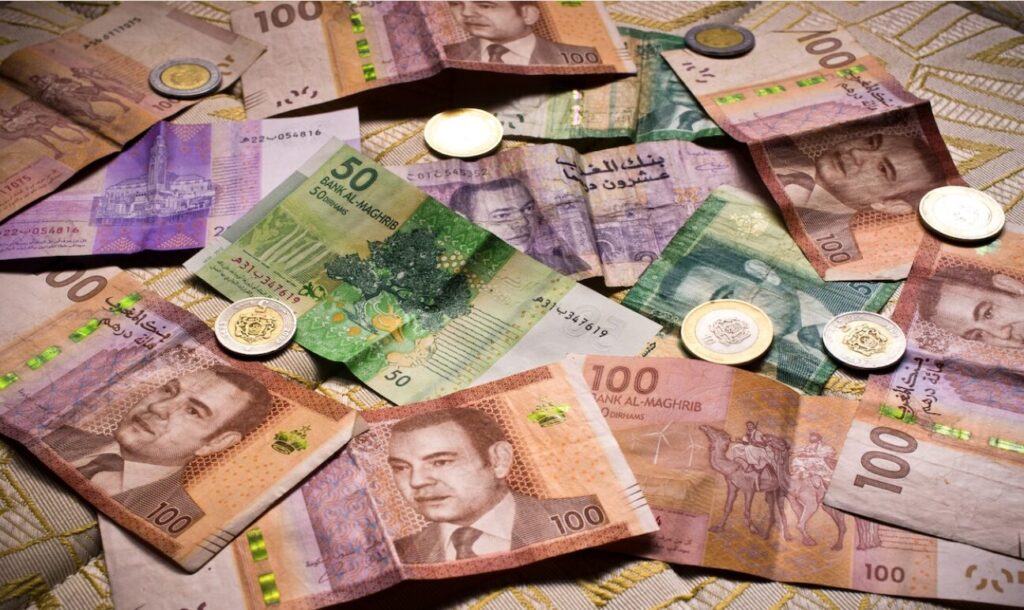
Coins are an indispensable part of Morocco’s daily life. From street food stalls to taxi rides, tourists will quickly realize that many small transactions require exact change.
Must-See Cultural Experiences Involving Coins
- Souks (Markets): Bargaining in traditional markets is common. Having coins on hand makes the process smoother.
- Street Food Vendors: Whether you’re buying a fresh glass of orange juice in Marrakech or trying msemen (Moroccan pancakes), small coins are essential.
- Public Transport: In cities like Casablanca or Rabat, small taxis (known as petit taxis) often require exact change.
- Historic Medinas: Exploring medinas in Fez or Marrakech, visitors will often buy trinkets, tea, or snacks where coins are the preferred payment.
Just like Moroccan carpets or spices, coins are part of the authentic daily rhythm of life.
Travel Tips for Using Moroccan Dirham Coins
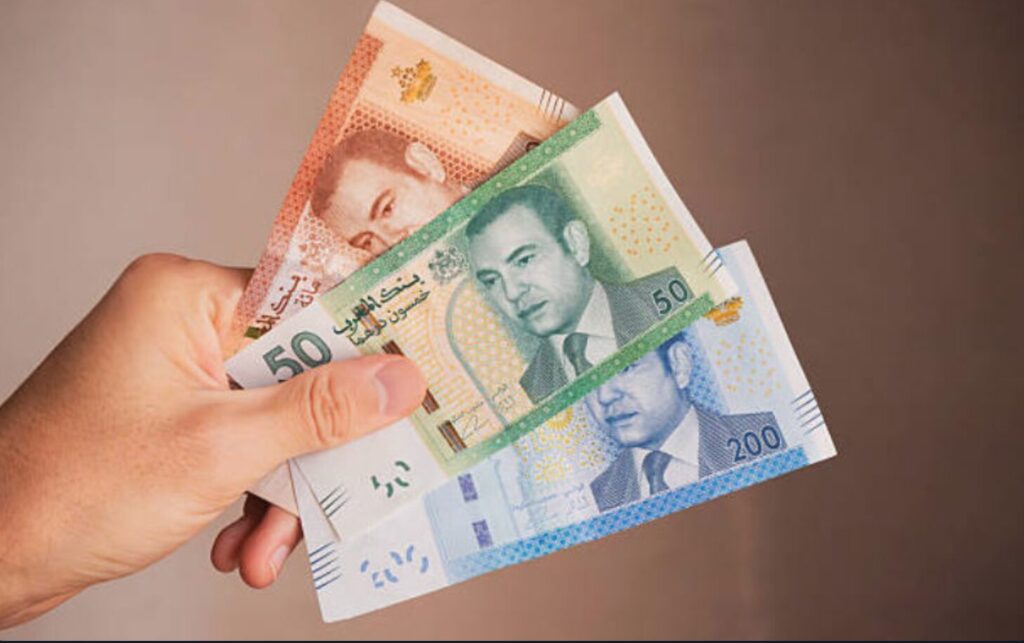
Carrying coins may seem inconvenient to some travelers, but in Morocco, it makes life easier. Here are some essential tips:
- Keep a coin pouch: Because of their frequent use, coins can pile up. A small pouch will keep them organized.
- Avoid large bills for small purchases: Street vendors and taxi drivers may not have change for a 200 dirham note.
- Respect local customs: Tipping in Morocco is common. For café waiters, parking assistants, or bag carriers, coins are the perfect gesture.
- Exchange money wisely: While you can withdraw dirhams from ATMs, exchanging euros or dollars at official exchange offices may give better rates.
For additional insights, you can explore the Economy of Morocco, which explains how currency plays a role in daily life.
Stories from Travelers and Their Coin Adventures
Travelers often share interesting stories about Moroccan coins. For example, a tourist in Marrakech once collected all the different coin designs as souvenirs, admiring the artistry and craftsmanship. Another visitor in Fez discovered that bargaining with coins rather than bills helped create a friendly connection with shopkeepers.
In Chefchaouen, a couple used their leftover coins to buy mint tea before leaving Morocco—an experience they described as a perfect farewell. These small moments show that coins are not just currency but tokens of cultural exchange.
Future Travel Insights – Seasonal Use of Coins
If you’re traveling in Morocco during festivals such as Eid al-Fitr or Eid al-Adha, coins are often exchanged as gifts, especially among children. In October and November, when Morocco’s weather is mild and tourism is high, vendors rely heavily on coins to serve the flow of travelers.
For 2025 and beyond, digital payments are slowly expanding in Morocco, especially in big cities, but cash—particularly Moroccan dirham coins—remains king in traditional settings. Travelers should expect to use coins for at least half of their small transactions.
FAQ – Moroccan Dirham Coins
What is the value of Moroccan dirham coins compared to euros or dollars?
1 euro equals about 10–11 dirhams, and 1 US dollar equals about 9–10 dirhams. Coins range from centimes (fractions of a dirham) to 10 dirhams, making them useful for small purchases.
Are Moroccan dirham coins collectible?
Yes. Many travelers keep coins as souvenirs due to their unique designs featuring Arabic calligraphy and Moroccan symbols.
Can I use Moroccan dirham coins outside Morocco?
No. The dirham is a closed currency and is not traded internationally. You should exchange leftover coins before leaving Morocco, as banks abroad rarely accept them.
Should I tip with coins in Morocco?
Absolutely. Coins are the most common way to tip in cafés, taxis, and small shops. A few dirhams are usually enough to show appreciation.
Is it easy to get change in Moroccan markets?
Yes, but shopkeepers prefer coins. Breaking large bills may be difficult, so keeping smaller denominations is recommended.
Conclusion
The Moroccan dirham coins are more than just money—they are an entry point into the culture, traditions, and daily life of Morocco. From enjoying mint tea at a local café to bargaining in the souks of Marrakech, coins accompany every authentic experience. Travelers who understand their value and use will find their journey smoother and more enriching.
So, when planning your trip to Morocco, don’t overlook the coins jingling in your pocket. They may just become some of your most meaningful souvenirs.

